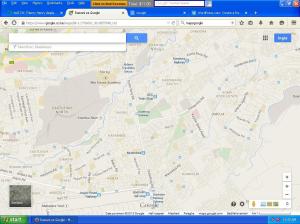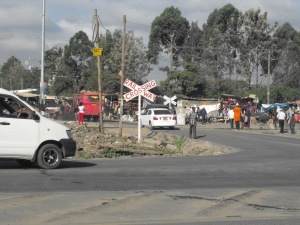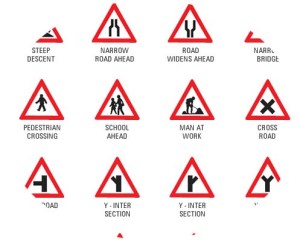 Environmental and Social Impact Assessment (ESIA) is a process carried before any infrastructure development to ascertain the real impact and benefits of the project on the social, environment and what will be the mitigations to be undertaken to reduce negative biodiversity impacts. One of the key successes of any ESIA is by ensuring all stakeholders associated with the project are involved so that nobody is left out. These projects may be associated with housing, roads, dams, buildings and roads among others.
Environmental and Social Impact Assessment (ESIA) is a process carried before any infrastructure development to ascertain the real impact and benefits of the project on the social, environment and what will be the mitigations to be undertaken to reduce negative biodiversity impacts. One of the key successes of any ESIA is by ensuring all stakeholders associated with the project are involved so that nobody is left out. These projects may be associated with housing, roads, dams, buildings and roads among others.
Kenya is increasingly experiencing implementation of major projects many being funded by big multilateral agencies such as European Union, AfDB and World Bank for electrification, geothermal and road constructions. One of the major requirements apart from project proposal is the institution of Environmental and Social Impact Assessment (ESIA) for any project together with Social and Environmental Management Plan (SEMP). But how many people take intense look at both ESIA and especially SEMP report and monitor if the recommendations stated in these documents are being carried out?
The assumption is that the mitigation of negative impacts as stated in the recommendations will be adhered to by the engineers, government agencies, and community or project affecting persons who all have a major role in ensuring the project is implemented according to the original plans.
At what stage do we have ESIA National Environmental Management Authority making follow up after any projects ends and can the ESIA and SEMP reports still be used beyond the project timeline? Once the project starts, it is expected that the contractor will provide environmental management plan and possibly share it with the community and relevant authorities. Walking across major roads in Nairobi, it is common to notice open man holes and unfinished projects with no contractor on side which continuously poses a great danger to motorists and pedestrians. Look at Juja Road, Nairobi where a contractor left the site more than 10 years ago and unfinished open drainages, regular cabling projects and lack of pedestrians walking paths.
Lesson for Outering Road: On 31st May 2015, Citizen TV 9.00 pm news, aired item from of members of the public complaining about dangers posed by the open drainages and comments from victims along Thika Superhighway apart from regular road accidents. This clearly shows that once the project is finished then ESIA and SEMP becomes a forgotten document. Regular negative news from the much praised Thika Superhighway is not encouraging. The number of road accident especially by the pedestrian is quite high despite construction of footbridges together will less efforts to clear open air traders who have encroached on the pedestrian and bicycle paths is not encouraging.
The only visible ‘SEMP visible along Thika Superhighway is regular road maintenance most of it partly attributed by frequent road accidents. As the government and AfDB embarks on upgrading of Outering Road, it will be important for stakeholders to be informed and engaged in ensuring that Social and Environmental Management Plan is fully respected and monitored for a successfully projects.









